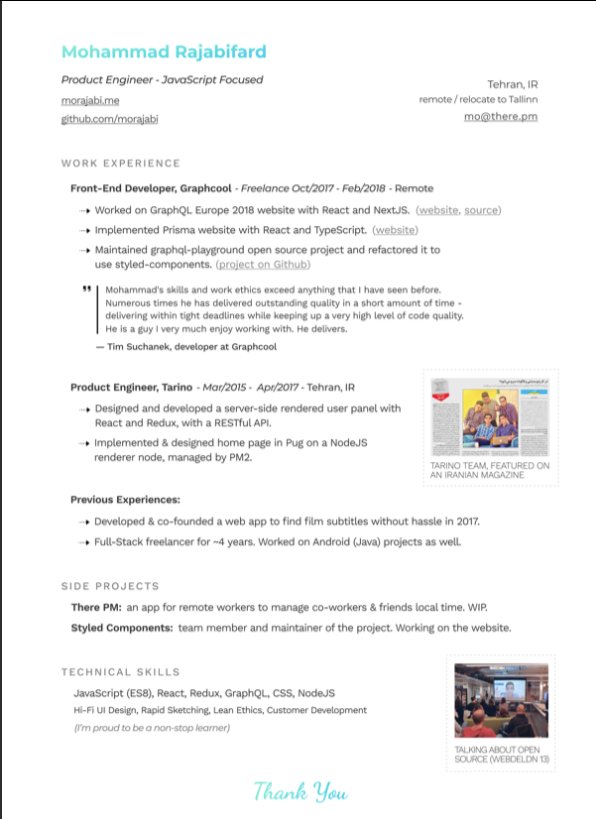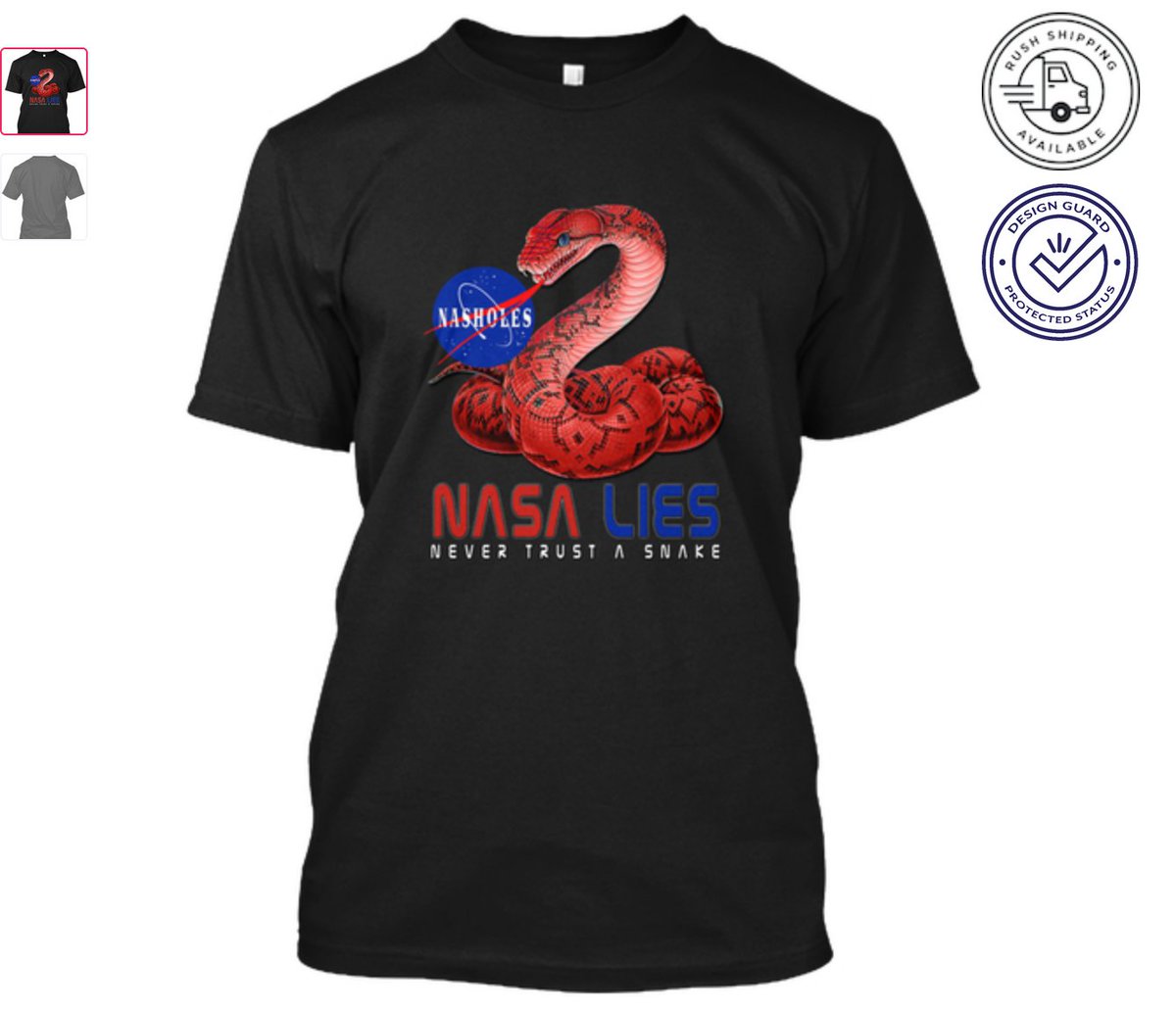Behavioral tip: Emphasize losses to discourage an unwanted behavior.
We’ve been taught to not say anything if we have nothing nice to say, so sometimes avoid talk of negativity.
Folks are more prone to act to avoid loss than seek gain so don’t be afraid to talk about dangers.
Behavioral tip: Keep it simple.
Excessive information leads to decisional paralysis.
Shoppers were more likely to buy when fewer food samples were offered.
Keep meetings uniform in focus and simple.
Behavioral tip: Put the client in control.
People are far more likely to follow through on a behavior when they’ve chosen it. Holds true experimentally in everything from eating veggies to doctor satisfaction.
Give two equally attractive alternatives and let them choose.
Behavioral tip: Make the desired behavior consistent with the user’s idealized identity.
JIF nailed this with “Choosey moms choose JIF.”
Who doesn’t want to be branded the kind of parent who is choosy about what they give their kids?!
Put folks in a box they want to be in.
Behavioral tip: Minimize decisions to avoid fatigue.
Lots of decisions make people tired. Tired people make dumb decisions.
Folks make more irrational decisions (eg, just picking the first name) the further down an election ballot they get.
How can you streamline your process?
Behavioral tip: End on a high note.
Folks tend to evaluate an experience based on the highest/lowest point and the ending.
Your conversations or client experience should have a defined peak and end strong.
Behavioral tip: Highlight personal stories.
The more salient we can make a concept (ie, the less abstract) the more likely people are to act.
Charity organizations do this by highlighting the stories of specific children or families in need.
Behavioral tip: Call attention to group norms.
Placing a strip of tape in grocery carts and asking shoppers to fill the space with fruits and veggies increased their consumption by 102%.
Tell people what other people are doing (if it’s good) and let social proof work.
Behavioral tip: Make the desired outcome seem moderate.
People are wired to avoid extremes - cheapest or most expensive, biggest or smallest - and so we can impact a desired behavior by framing it at the midpoint.
WS sold more $275 bread machines after intro-ing a cheaper 1
Behavioral tip: Use the power of surprise.
People become inured to expected positives but love unexpected positives.
How can you exceed expectations?
How can you incorporate unexpected happiness into your process?
Be surprising to be memorable.
Behavioral tip: Be descriptive and frame intentionally.
Food with a more descriptive label (“Belgian Black Forest double chocolate cake”) is perceived as more satisfying and delicious than food with simpler labels.
You being richly descriptive when positioning your offering?
Behavioral tip: Get the client to argue for a desired behavior.
Smokers who were tasked with convincing a friend to stop smoking were more likely to change their own attitudes as well.
Sometimes helping others first is an indirect route to helping ourselves.
Behavioral tip: Emphasize gains rather than sacrifice.
Special K had a “What will you gain when you lose?” campaign that emphasized increased feelings of confidence rather than the sacrifice of dieting.
A lot of + behaviors (eg, saving money) are viewed as a loss, so focus on +
Behavioral tip: Default to the desired behavior.
People are lazy so make what you want them to do the default option.
Many delivery sites pre-enter the tip amount rather than leaving it to the discretion of the customer.
How can you default to client-centric behavior?
Behavioral tip: Provide ongoing feedback.
Working for a distant outcome can be de-motivating. Immediate feedback helps folks press on.
A great example of this is the Toyota Prius, that gives it drivers an Eco Score out of 100 based on how earth friendly recent driving has been.
Behavioral tip: Reduce uncertainty.
People really, really dislike ambiguity and taking unknown risks.
Some carmakers offered full refunds during the GFC for those who bought a car and then lost their job.
Doctors now provide detailed descriptions of what to expect in surgery.
Behavioral tip: Help clients pre-commit to good behavior.
We all know not to go grocery shopping when hungry and, sure enough, people ordering groceries online make healthier choices than those shopping in store.
Make decisions in a cool state and pre-commit to what’s right.
Behavioral tip: Reduce or delay perceived present losses.
Credit cards are the most obvious example of this but even pre-cut and pre-washed vegetables are an example.
By removing the lost time attributable to cutting and washing veggies, people are more likely to eat healthy.
Behavioral tip: Stand out visually.
People are most likely to select the good/service they spend the most time with.
That means that packaging, web design, user friendliness and visual appeal all directly impact purchase behavior.
Behavioral tip: Amplify current gains.
People don’t like to wait for good stuff so emphasize the positives that are happening today!
Eg, get $200 cash back when you sign up for ABC credit card.
What positives accrue to someone *today* when they do business with you?
Behavioral tip: Pair small losses with larger losses.
Just as we want to separate gains into as many parts as possible, we want to lump losses together.
For instance, asking you to round up to the nearest $ for charity when grocery shopping pairs a small loss with a larger one.

